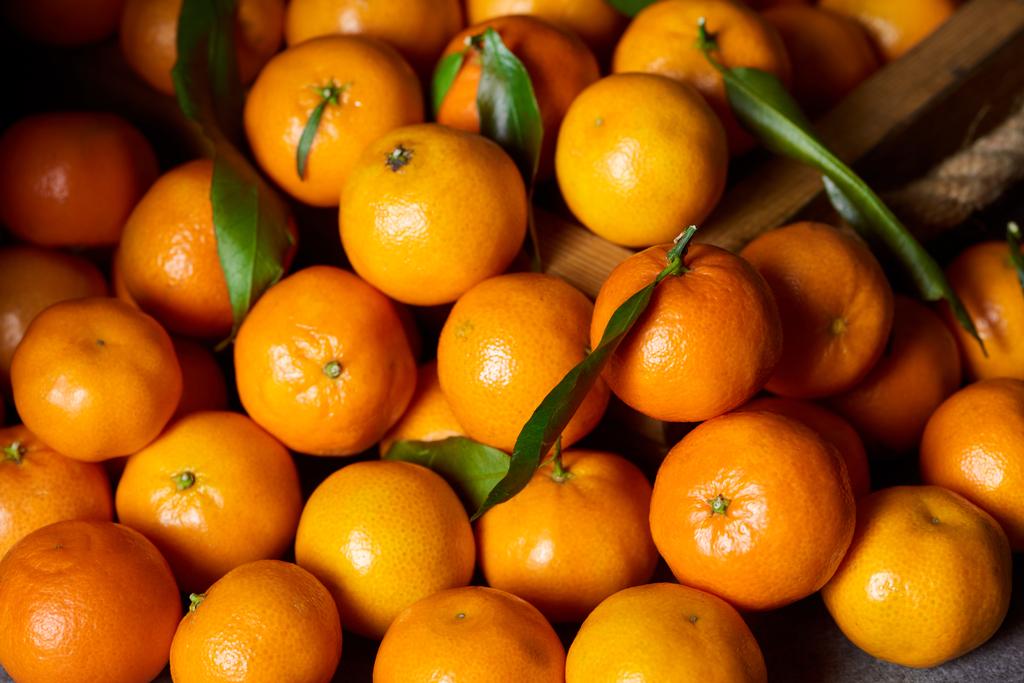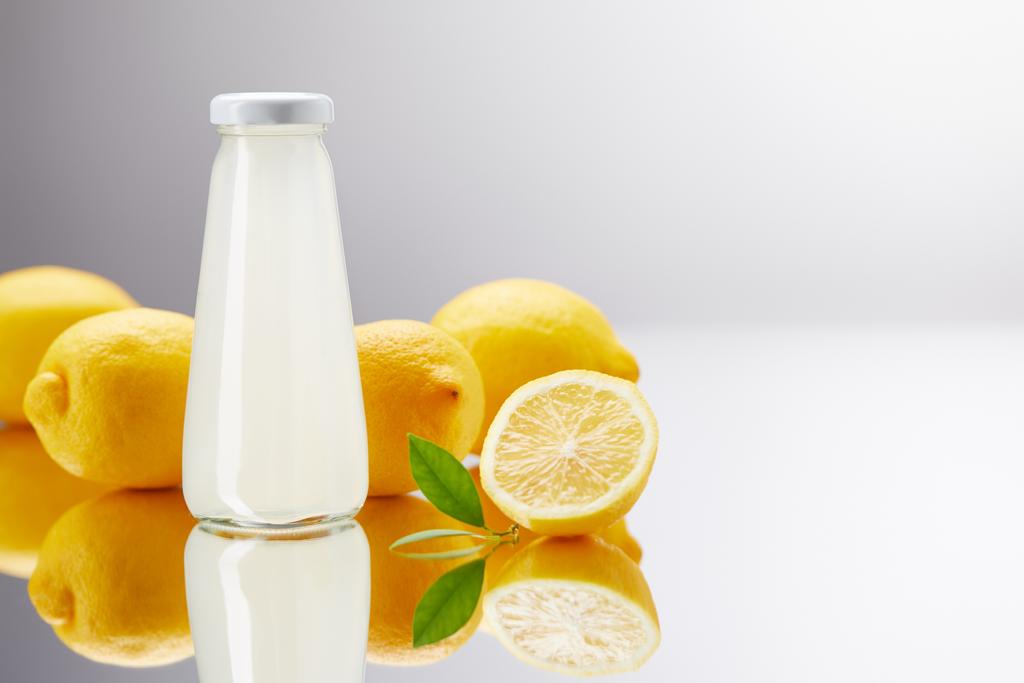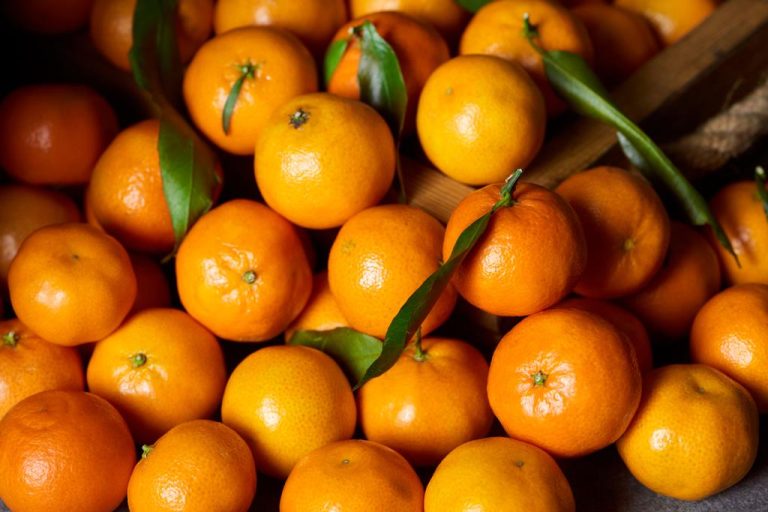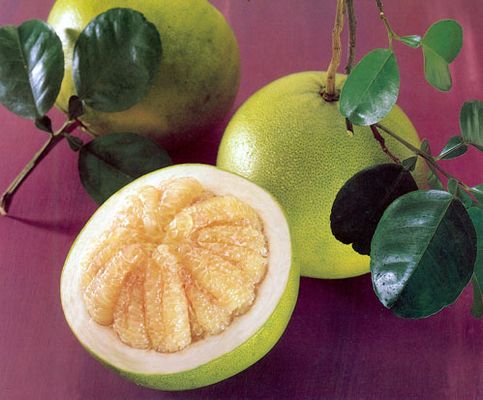Citrus fruits are popular types of fruit, they taste fresh and are also healthy. In this article you will find out what you should know about lemon, orange and co.
Citrus fruits are among the most commonly grown fruits in the world, according to statistics from the Food and Agriculture Organization of the United Nations (UN).
Historically, people first enjoyed the scent and appearance of citrus plants and fruits. For example, in the fourth century BC, at the time of Alexander the Great, essential oils were used as fragrances and medicines. Christopher Columbus also had the fruit, which was not yet edible at the time, in his luggage for America. In the 16th century in Germany, aristocrats and the wealthy had so-called orangeries built, special gardens or greenhouses for citrus plants. The first edible citrus fruits were not cultivated until the 17th century. Due to their high vitamin content, the fruits were particularly popular with seafarers.
What are citrus fruits anyway?
Citrus fruits taste fresh, intense and also contain plenty of water and few calories. They grow on evergreen trees or large shrubs. The growth height of the plants is between five and 25 meters. The flowers of the citrus plants are usually white, the ripe fruits are green, yellow or orange. The size of the fruit also varies depending on the variety and can be between one and 30 centimeters. By the way: From a biological point of view, citrus fruits are a special form of berries (endocarp berries).
Citrus fruits are coated in a layer of wax that primarily serves as protection. The shell consists of two layers: a yellowish to orange and a whitish tissue layer. The outer layer (exocarp) contains essential oils. These give the fruit and the leaves their typically intense smell. The whitish layer (mesocarp) contains pectin, a substance used as a vegetable gelling agent. The pulp inside is divided into columns and covered by thin membranes. These fruit compartments contain juice sacs and seeds.
Citrus fruits are real vitamin C bombs. Vitamin C helps, among other things, to strengthen the immune system and stimulate the metabolism. For example, oranges contain 53 milligrams of vitamin C per 100 grams of fruit, a lemon 50 milligrams. As a guideline: The German Society for Nutrition sets the daily vitamin C requirement of an adult at 95 to 110 milligrams. Other vitamins and minerals such as folic acid, potassium, calcium or magnesium can also be found in citrus fruits, albeit in small amounts.
Important varieties of citrus fruits
There are said to be around 1,600 types of citrus fruits worldwide. A reference list for citrus varieties drawn up by the UN Economic Commission (UNECE) (with supplements from the Federal Agency for Agriculture and Food) provides an overview of numerous varieties on the market. The taste ranges from bitter to sweet to sour. There are different ways of categorizing citrus fruits. One comes from US citrus expert Walter Tennyson Swingle:
Kumquats: Kumquats are small, orange fruits. They taste sweet and sour and are edible with the skin.
Limes: Limes are green, round fruits. They taste sour. Lime juice is often part of mixed drinks.
Tangerines: Tangerines are considered the ultimate winter fruit. They taste sweet and fresh. The mandarin family includes clementines and satsumas. Mandarins have many seeds, clementines almost none.
Oranges: Oranges are big, round and – as the name suggests – orange. They are extremely juicy and sweet. The orange juice squeezed from it is popular. The term orange is common in Northern Germany. The varieties bitter orange or bergamot are also included. The latter is very acidic and is rarely eaten, but rather used as a fragrance.
Grapefruit: Grapefruit are large, usually pear-shaped to rounded fruits. This variety includes pomelo, grapefruit, and pomelos, all of which taste slightly bitter. Incidentally, the pomelo is considered the archetype of many citrus fruits: the orange came from the pomelo and mandarine, and the grapefruit from the pomelo and orange.
Lemons: Lemons can be used in many ways and refine numerous dishes and drinks. They taste refreshingly sour.
Citron: This variety is considered the first citrus plant to be brought to Europe. It tastes rather bitter and is rich in fragrances. When used, the middle skin layer (mesocarp) is mostly used to flavor dishes.
How to use citrus fruits
You can use citrus fruits in many ways. They are mostly eaten raw. You can use both the juice and the peel. Be sure to use organic quality here due to the pesticide contamination. Some uses are:
Zest for refining cakes and pastries
Juice as an addition to water or cocktails
Juice as a refinement for dishes such as soups, cakes, sauces, rice or vegetables
pectin as a gelling agent
Peel and juice as a cleaner: Halved citrus fruit for removing limescale and dirt, such as cleaning stainless steel pots. It is best to do this with half of the fruit that has already been squeezed out so that you do not waste food unnecessarily.


